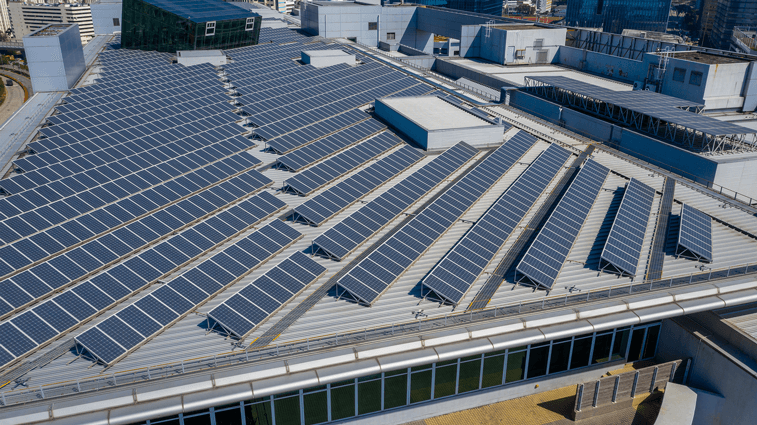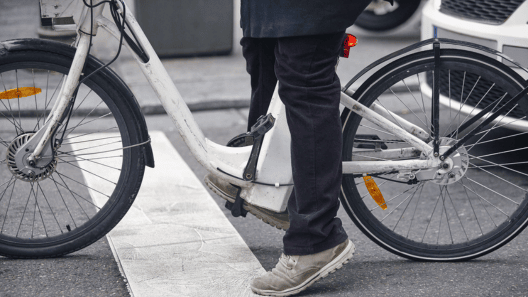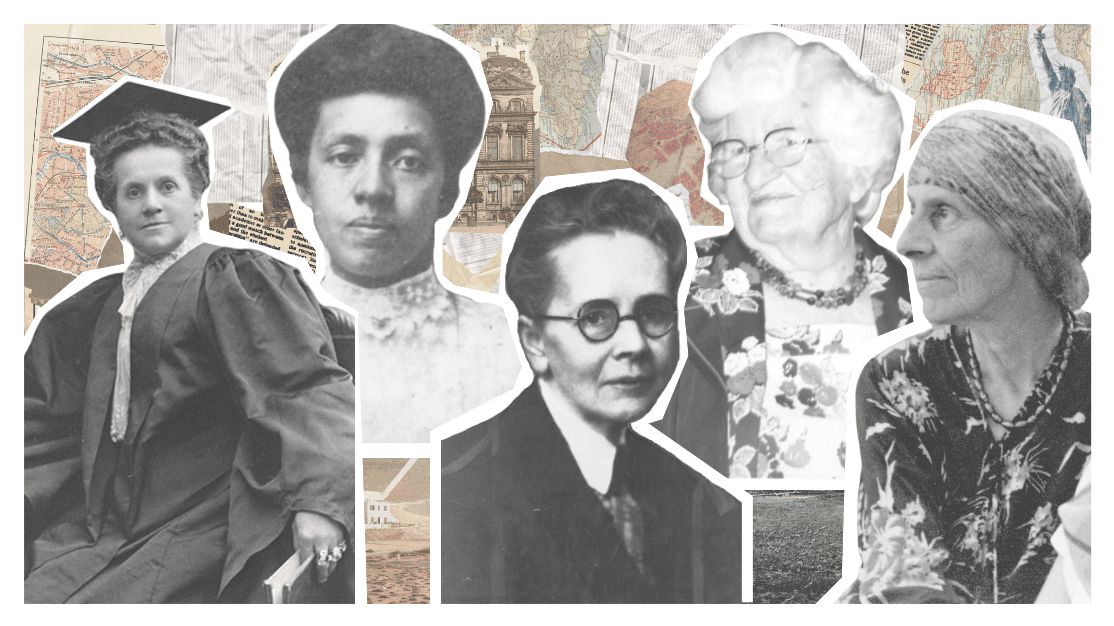
Mandatory Sustainable Roofing Required for New Buildings and Enlargements
What you need to know when Local Laws 92 & 94 go into effect.
New York State and the NYC area are said to have some of the most progressive energy standards in the country. The Greatest City in the World has been making strides to be a great leader in sustainable energy, and continues to up its standards with the passing of the Climate Mobilization Act earlier this year, which aims to shift New York City from carbon-based to renewable energy by 2050.
Much of this shift to sustainable energy has been maintained through positive reinforcement, like accommodating solar panel users with new laws and safety standards, providing tax abatements and professional certification for properties with solar or green roofs, awarding LEED certification and so on.
But on November 15, 2019, two new laws that are part of this initiative – Local Law 92 and Local Law 94 of 2019 – will make it illegal for new buildings and certain alterations to build without a sustainable roofing zone in place.
A Quick Breakdown of Local Laws 92 & 94
A “sustainable roofing zone” refers to the parts of a roof where a solar photovoltaic electricity generating system (like solar panels), green roof system (with vegetation, soil and drainage systems), or some combination of the two, is installed.
While the benefits of more solar energy are obvious, green roofs provide their own series of benefits, such as insulating, absorbing stormwater runoff and offsetting the urban heat island effect, leading to lower energy bills, less wear and tear on buildings and less strain on the power grid overall.
The new laws amend parts of the 2014 NYC building and administration codes to ensure that every roof, at every level, undergoing significant construction after November 15 is evaluated for a sustainable roofing zone, which, if qualified, must take up 100% of the available roofing area.
This covers:
- Roofs of new buildings.
- Alterations that create new roofs or roof decks, such as additional floors.
- Alterations that involve replacing an entire roof deck or assembly.
But does NOT cover:
- Areas required to be set aside for setbacks or fire safety access.
- Areas occupied by structures like water towers, antennas, guardrails, etc.
- Setbacks, such as terraces, that comprise less than 25% of the largest floor area of the building.
- Rec spaces integral to the building’s principal use (i.e. a playground for a school building).
- High-slope roofs where a solar photovoltaic system cannot meet the minimum 4kW solar energy capacity.
- Areas unfavorable to either solar or green roof systems, such as a building that couldn’t structurally support the added weight of a sustainable roofing zone.
(For the full list of exceptions, see LL 92 or its corresponding bulletin.)
In addition, buildings adding solar panels must be careful to comply with minimum solar reflectance and thermal emittance measures, which differ based on slope, outlined in LL 94.
The figure below, from Buildings Bulletin 2019-010, provides a good outline of how different types of projects must comply with the new standards:

Filing with the New Laws
So, how should upcoming projects prepare for the change on November 15?
- All new projects filing through BIS will have a new Required Item on Doc 01, the Local Law 92/94 of 2019 Solar and Green Roof Systems form. This certifies compliance with or exemption from said laws, and must be submitted before any plans can be approved.
- Any existing New Building or qualifying Alteration application still unapproved after 3 p.m. on November 14, 2019 will also need to include this new form.
The Local Law 92/94 of 2019 Solar and Green Roof Systems form will be available on the DOB website before the effective date, giving project managers time to get familiar with it.
Resources








